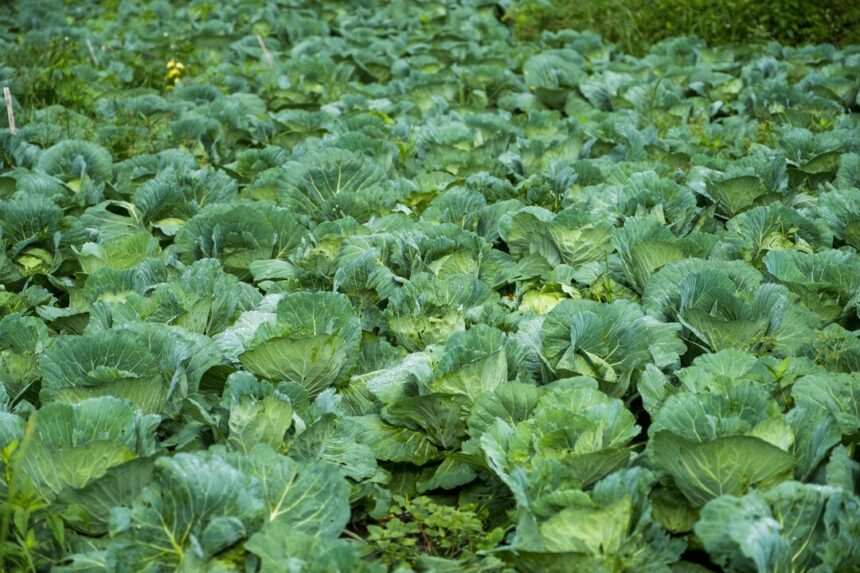Cabbage is a versatile and nutritious vegetable that holds a prominent place in South African cuisine. With its high demand and economic significance, maximizing the quality and yield of cabbage crops is essential for farmers across the country. From soil management to pest control, employing effective techniques can lead to bountiful harvests of high-quality cabbage. Here, we delve into various strategies for enhancing the quality and yield of cabbage in South Africa:
1. Soil Preparation and Management:
- Conduct soil tests to assess nutrient levels and pH balance, and amend the soil as necessary to create optimal growing conditions for cabbage.
- Incorporate organic matter, such as compost or manure, to improve soil structure, fertility, and water retention.
- Practice crop rotation to prevent soil depletion and minimize the risk of diseases and pests.
2. Variety Selection:
- Choose cabbage varieties that are well-adapted to the local climate, soil conditions, and market preferences.
- Select varieties known for their disease resistance, uniformity, and high yield potential.
3. Proper Planting Techniques:
- Plant cabbage seedlings at the correct spacing and depth to promote healthy root development and optimize yield.
- Consider using raised beds or ridging techniques to improve drainage and soil aeration.
4. Irrigation Management:
- Implement efficient irrigation practices to ensure consistent soil moisture levels throughout the growing season.
- Monitor soil moisture regularly and adjust irrigation schedules based on weather conditions and crop needs.
- Consider drip irrigation or mulching to conserve water and reduce evaporation.
5. Fertilization and Nutrient Management:
- Apply balanced fertilizers or organic amendments based on soil test results and cabbage nutrient requirements.
- Use slow-release fertilizers or fertigation systems to provide nutrients in a controlled and efficient manner.
6. Pest and Disease Control:
- Implement integrated pest management (IPM) strategies to minimize the impact of pests and diseases on cabbage crops.
- Monitor fields regularly for signs of pests, diseases, and nutrient deficiencies, and take timely action to address issues.
- Use crop rotation, biological controls, and resistant varieties to manage pests and diseases effectively.
7. Weed Management:
- Employ a combination of cultural, mechanical, and chemical weed control methods to suppress weed populations.
- Implement timely cultivation, mulching, or herbicide applications to prevent weed competition and optimize cabbage growth.
8. Thinning and Pruning:
- Thin cabbage plants to the recommended spacing to allow for proper air circulation and reduce competition for nutrients.
- Remove damaged, diseased, or overcrowded leaves to promote plant health and optimize cabbage head development.
9. Timely Harvesting:
- Harvest cabbage heads at the appropriate stage of maturity to ensure optimal flavor, texture, and quality.
- Avoid delaying harvests to prevent cabbage heads from becoming overmature or susceptible to splitting.
10. Post-Harvest Handling and Storage:
- Handle harvested cabbage heads with care to minimize bruising, cuts, and damage.
- Store cabbage under controlled conditions, including proper temperature and humidity, to prolong shelf life and maintain quality.
By implementing these techniques for enhancing quality and yield, cabbage farmers in South Africa can optimize their production practices, improve crop performance, and meet the growing demand for fresh and high-quality cabbage in local and international markets. With careful planning, management, and innovation, South Africa’s cabbage industry can continue to thrive and contribute to food security, economic development, and agricultural sustainability.
Join 'Farmers Mag' WhatsApp Channel
Get the latest Farming news and tips delivered straight to your WhatsApp
CLICK HERE TO JOIN






